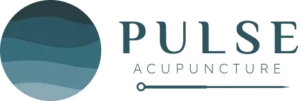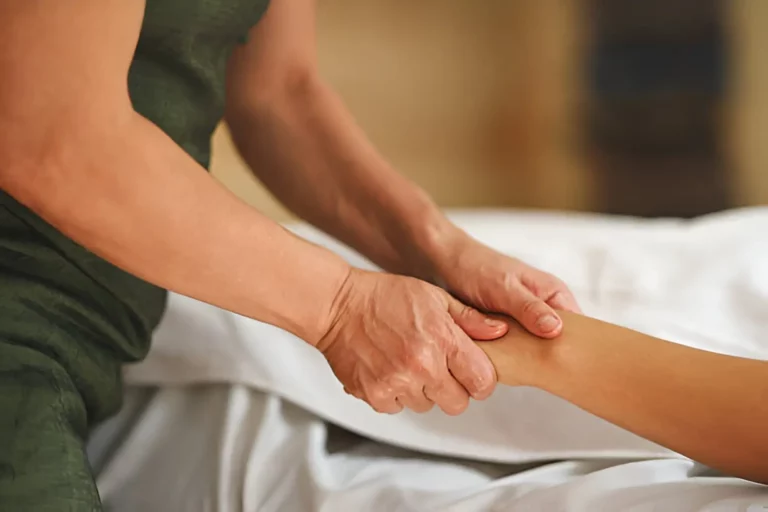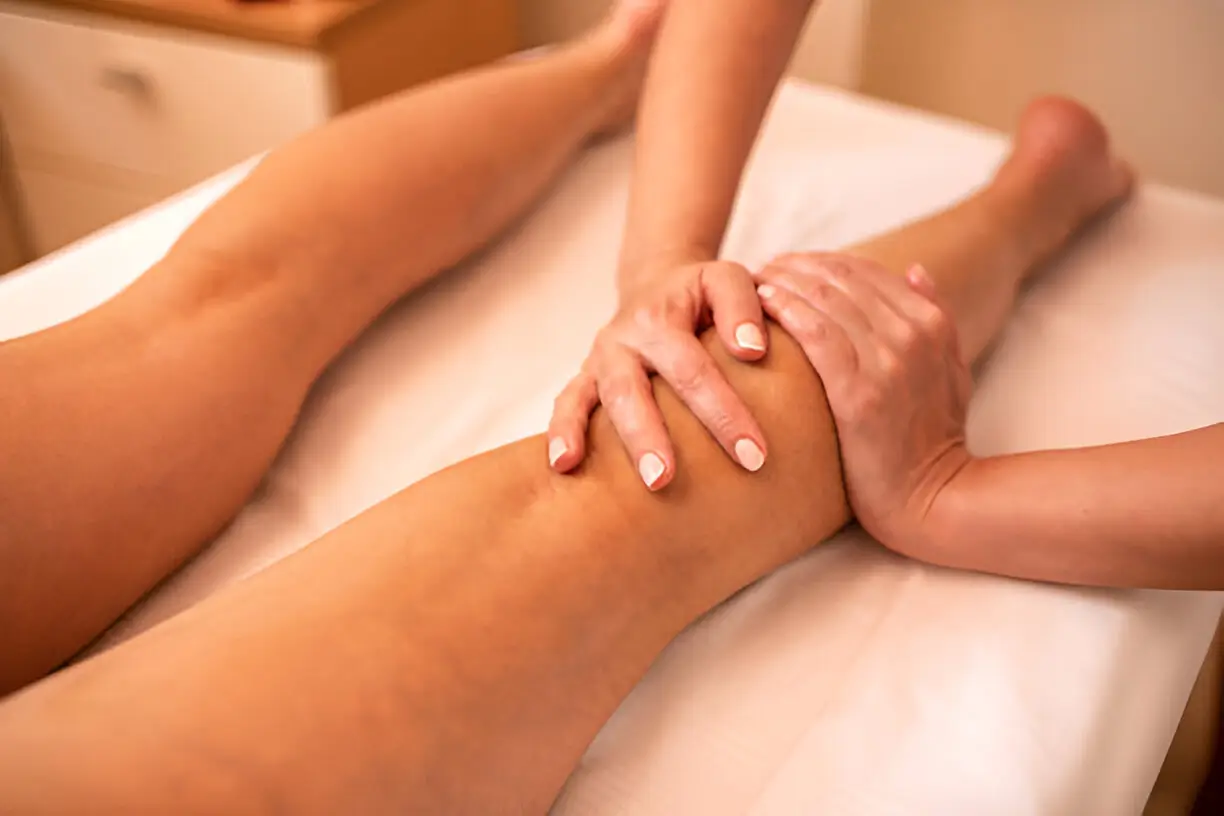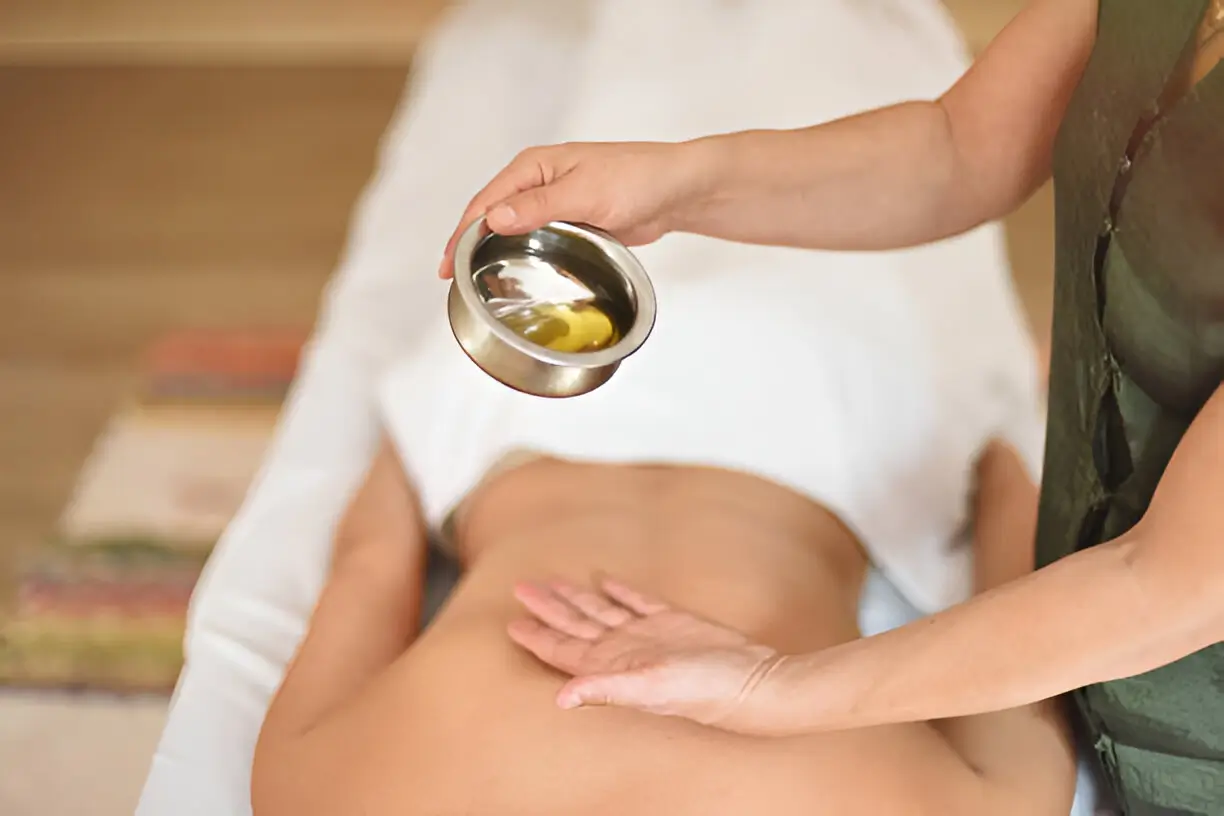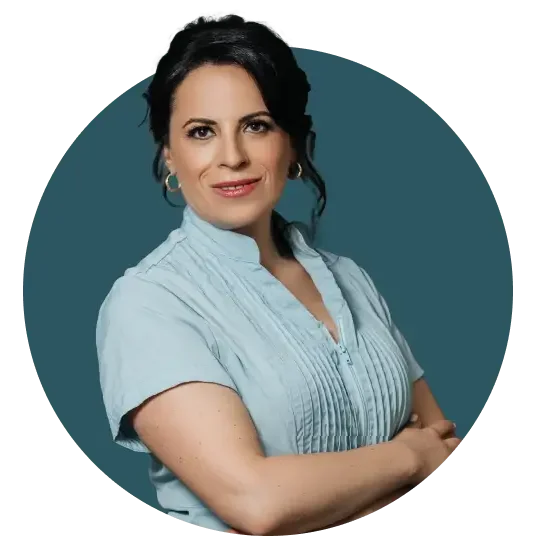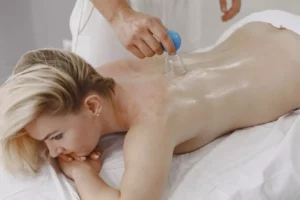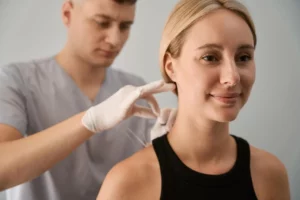What is Tui Na Massage?
Tuina massage is a traditional Chinese massage therapy technique. It focuses on balance and harmony in your body. To achieve positive results, it uses specific manual techniques. Rather than relying on oils or lotions, practitioners use their hands, fingers, elbows, and forearms to knead, press, roll, and stretch different areas of the body.
Tui Na is often considered part of Traditional Chinese Medicine and is sometimes used in conjunction with other therapies, mostly acupuncture and herbal treatments. It’s a structured form of therapeutic massage based on meridian theory and body natural energy flows.
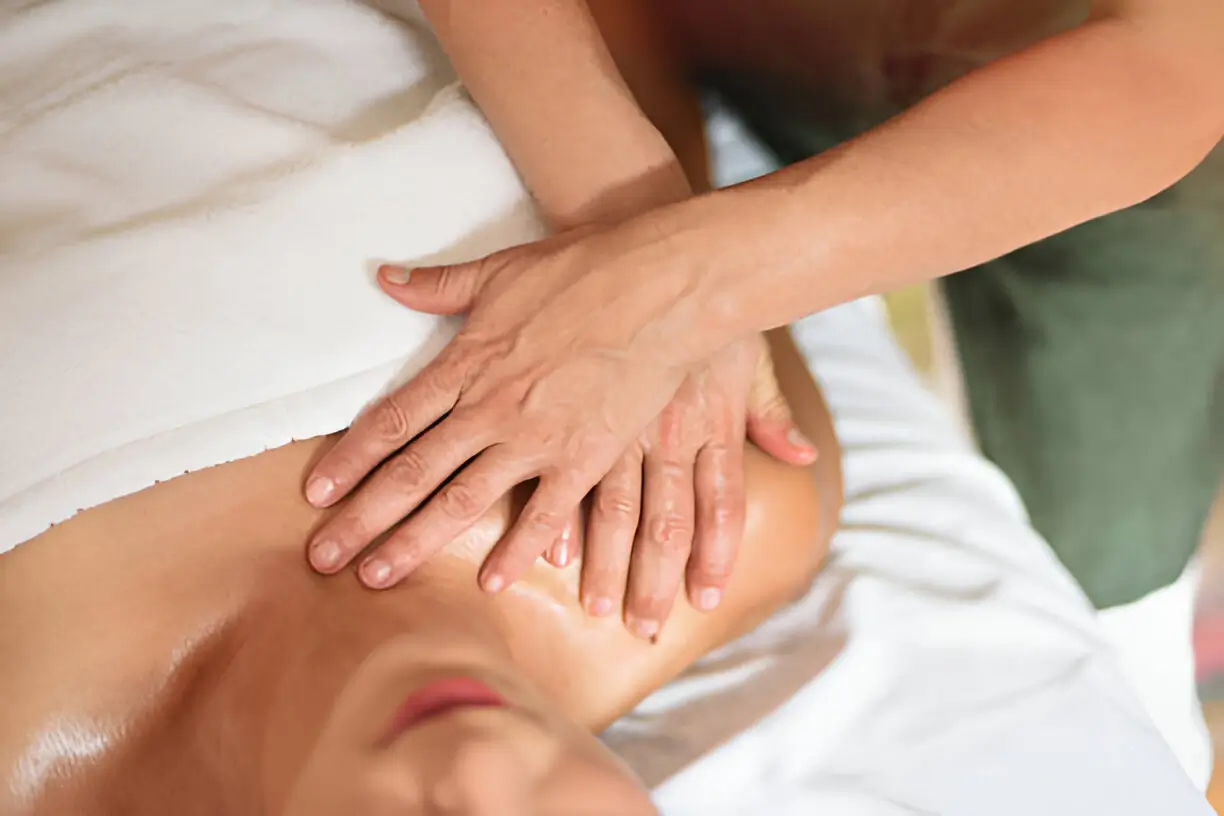
History and Origins of Tui Na Massage
Tuina massage therapy has a very long history that dates back over 2,000 years, making it one of the oldest known systems of bodywork. It originated in ancient China and is considered one of the foundational therapies of Traditional Chinese Medicine, alongside acupuncture, herbal remedies, and qi gong. Historical records suggest its early use was already documented by the time of the Yellow Emperor’s Inner Canon, a classical TCM medical text.
Archaeological findings suggest its origins date even further, possibly to around 2600 BCE. Tui Na was commonly practiced by physicians and martial artists, and it remains one of the few therapies traditionally accessible to all, including the blind.
How Tui Na Massage Works
Tui Na massage is based on the belief that true health comes from the balance of three essential components of your body – emotional, mental, and physical, which is how health works. Mental and emotional distress can have adverse physical effects, and vice versa. So rather than focusing solely on physical symptoms, Tui Na tries to restore internal harmony by improving flow of qi (vital body energy) throughout the body. Practitioners use specific techniques to remove “blockages” along energy pathways, which are called meridians.
These blockages are thought to cause both physical discomfort and emotional stress. By targeting pressure points and stimulating the same areas used in acupuncture, Tui Na helps restore energy balance between yin and yang, improves blood circulation, and supports the body’s natural healing capabilities. When qi flows freely, it makes your mood better, your body more resistant to illnesses, and helps you feel energized.
The Benefits of Tuina Massage
Here are some of the most notable benefits of tuina massage:
- One of the most notable tuina massage benefits is that it boosts blood flow by stimulating energy points in the body.
- May ease neck pain and stiffness, especially in people with chronic symptoms.
- Can reduce lower back discomfort, particularly when paired with core-strengthening exercises.
- One review and study suggest it helps ease mild depression symptoms, including after a stroke.
- Supports postpartum lactation by stimulating milk production.
- Helps manage knee osteoarthritis by relaxing tight muscles and addressing joint tension.
- Can be useful in treating carpal tunnel syndrome.
- Can assist in reducing pain linked to musculoskeletal problems like joint or muscle issues.
- Offers relief for early-stage diabetic foot issues when used in conjunction with other traditional treatments.
Common Conditions Treated by Tui Na
A list of common conditions treated by Tui Na:
- Upper and lower back discomfort.
- Joint and muscle-related disorders.
- Symptoms tied to premenstrual syndrome.
- Ongoing fatigue or trouble sleeping.
- Nerve pressure (like carpal tunnel syndrome).
- Headaches and tension-related pain.
- Arthritis and joint stiffness.
- Bone density concerns like osteoporosis.
- High levels of stress or tension.
- Digestive issues and imbalances.
- Certain breathing or lung-related conditions.
What Is the Difference Between Tui Na and a Regular Massage?
Tui-Na massage and regular massage differ in both purpose and how they are performed. Tui Na is a traditional Chinese medical practice that works through specific pressure points and energy pathways (meridians). It aims to restore internal balance. It’s more than just relaxing muscles – it’s intended to support the body’s healing processes and treat underlying imbalances which can cause different health issues.
On the other hand, a standard massage is usually focused on easing muscle tension and providing relaxation through techniques like Swedish strokes or deep tissue manipulation. While both methods include touch and manipulation, Tui Na follows principles of Traditional Chinese Medicine, using methods like kneading, pressing, and rhythmic tapping. Regular massage focuses mostly on stress relief and physical relaxation without addressing energy flow or meridian points.
What to Expect During Your First Tui Na Session
Your first Chinese tuina massage session will most likely begin with a detailed consultation where the practitioner asks about your symptoms, medical history, and areas of discomfort. You’ll remain fully clothed or wear loose, comfortable clothing. The treatment is done on a massage table or chair, and no oils are used.
The practitioner may use a variety of techniques like kneading, pressing, rolling, or tapping, focusing on specific acupressure points and meridians. Exact techniques and movements used are based on your condition and comfort. Some areas might feel sore or sensitive, especially if there’s muscle tightness or blocked energy. The goal of the session is to restore balance and help your body heal itself naturally. Sessions usually last between 30 to 60 minutes, and you might feel relaxed or slightly tired afterward. Some people notice relief after one visit, while others may need a few sessions. Please note that each session is personalized to fit each patient’s needs, so they may differ greatly.
Side Effects and Contraindications of Tui Na Massage
Tuina massage is usually safe and well-tolerated, but it’s important to know that it’s not always gentle. Some people might feel discomfort during or after a session, and minor bruising isn’t unusual, especially if more forceful movements were applied. This type of massage includes firm pressure and stimulation of specific points, so it may not feel as relaxing as a traditional spa massage.
It’s also not recommended for people with fractures, inflammation of veins, open wounds, or certain chronic spine conditions like ankylosing spondylitis. In rare cases, using Tuina during a flare-up of such conditions can make symptoms worse. Always check with your doctor before starting Tuina – especially if you’re pregnant, taking medications, or have any serious health issues.
How to Find a Qualified Tui Na Practitioner
If you need a qualified Tui Na practitioner, start by checking their training and background. A good practitioner should have formal education in Traditional Chinese Medicine (TCM) and hands-on experience with Tui Na techniques. Ask if they’re licensed or certified and whether they work under or alongside a licensed acupuncturist or within a TCM clinic. It’s also smart to read reviews or ask for referrals to get a sense of their approach and patient satisfaction. Also note that Chinese tuina massage practitioners may provide a wide range of other TCM services, like acupuncture or herbal treatments.
Make sure the clinic or office follows hygiene and safety standards. This can indicate a more complete and professional practice. For example, visiting a well-reviewed acupuncture center in Brooklyn or a high-quality acupuncture center in Clifton can offer a wider range of care options, including electroacupuncture in Brooklyn or electroacupuncture in Clifton, among others.
If you need the best Tuina massage in Williamsburg, Brooklyn or Tuina massage in Clifton, NJ, both are available from experienced practitioner Marina Doktorman, known for her patient-focused care and years of experience in traditional Chinese therapies.
Read also:
- Sports Acupuncture for Athletes: Boosting Performance and Recovery
- What to Wear to Acupuncture
- What Does Cupping Do for Your Back?
-
Marina Doktorman, M.S., L.Ac., is an experienced acupuncturist who obtained her Masters of Acupuncture from the Tri-State College of Acupuncture in New York City in 2001. During her studies, she focused on Chinese Herbology, a branch of Traditional Chinese Medicine (TCM) that utilizes herbs to complement acupuncture treatments. Marina is licensed in both New York (NY) and New Jersey (NJ) and holds a Diplomate of Acupuncture from the National Certification Commission for Acupuncture and Oriental Medicine (NCCAOM), indicating her expertise in the field.
